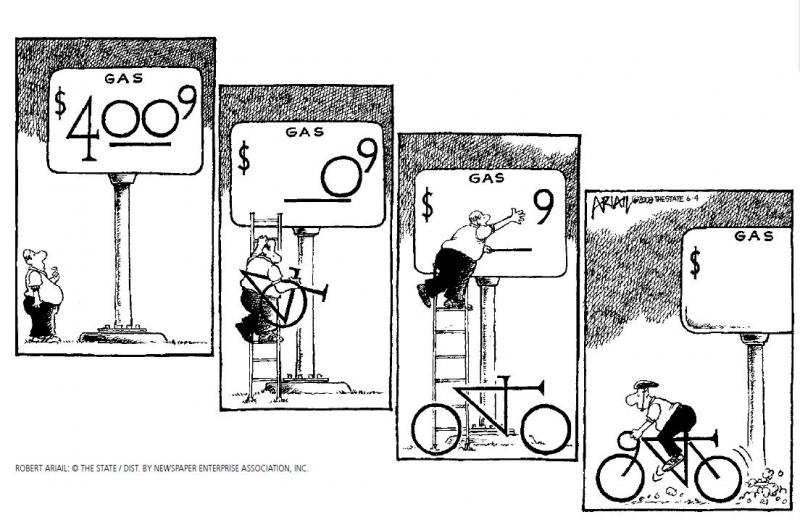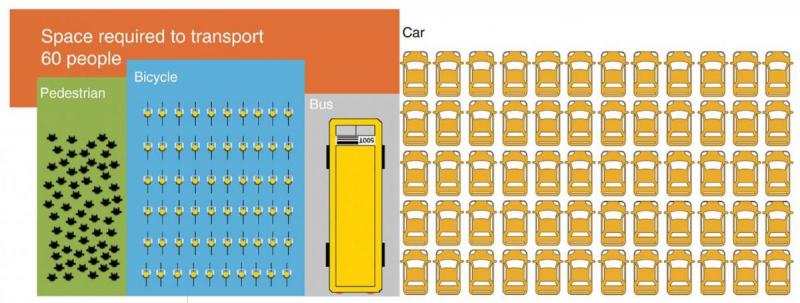Greater use of cycling in urban areas:
- reduces energy costs
- decreases the cost of transport infrastructure for municipalities
- reduces the consumption of natural resources
- creates economic dynamism in urban centers by encouraging flexible mobility
Affordable
While only 10% of the world’s population can afford a car, an estimated 80% of people can afford a bike.

Economic Dynamism
Cycling encourages flexible mobility and shorter trips. It also encourages people to do more activities at city center. It offers an economically realistic form of transportation and recreation.
Cost Effective
Bicycle infrastructure is cost-effective for local governments. A roadway can carry seven to twelve times as many people per meter of lane per hour by bicycle as compared to by automobile in urban areas.

References
Queensland Government Department of Transport and Main Roads
Safe Cycling Design Manual for Istanbul
BCRPA, 2011, Bicycle Facilities Design Course Manual
Image 1 sourced from Active Transportation for America